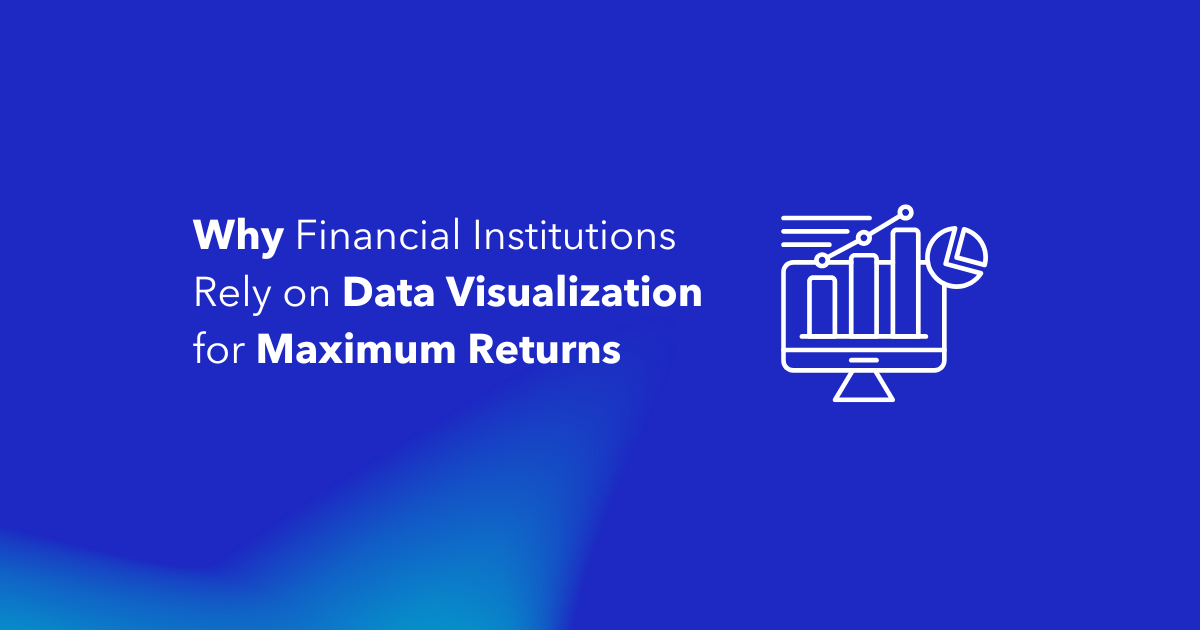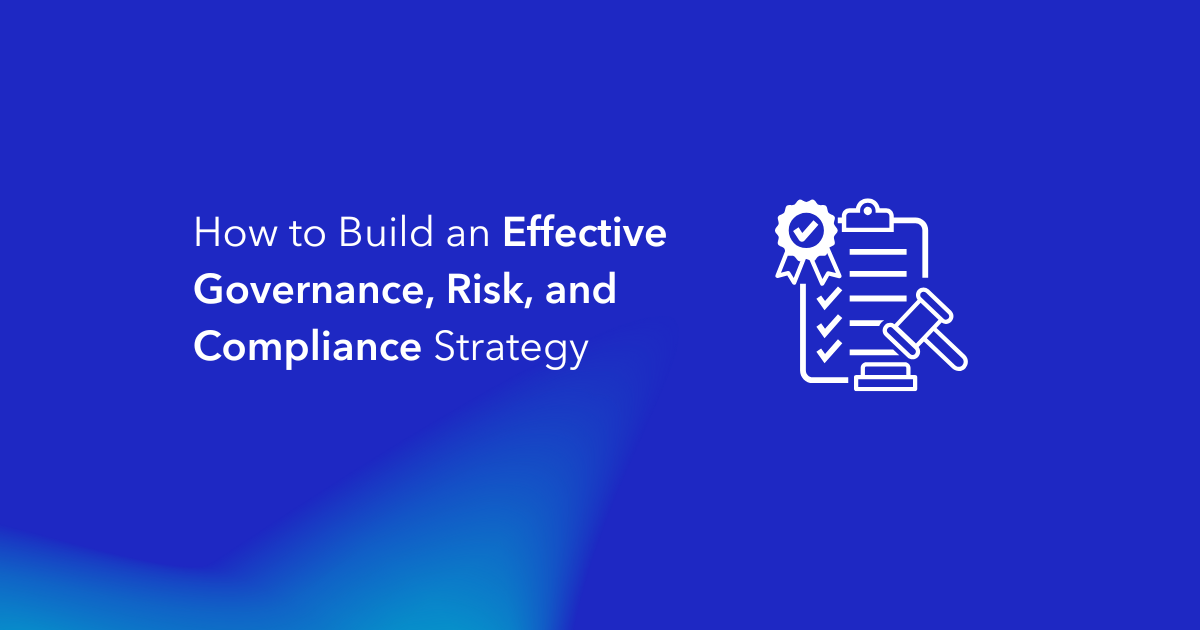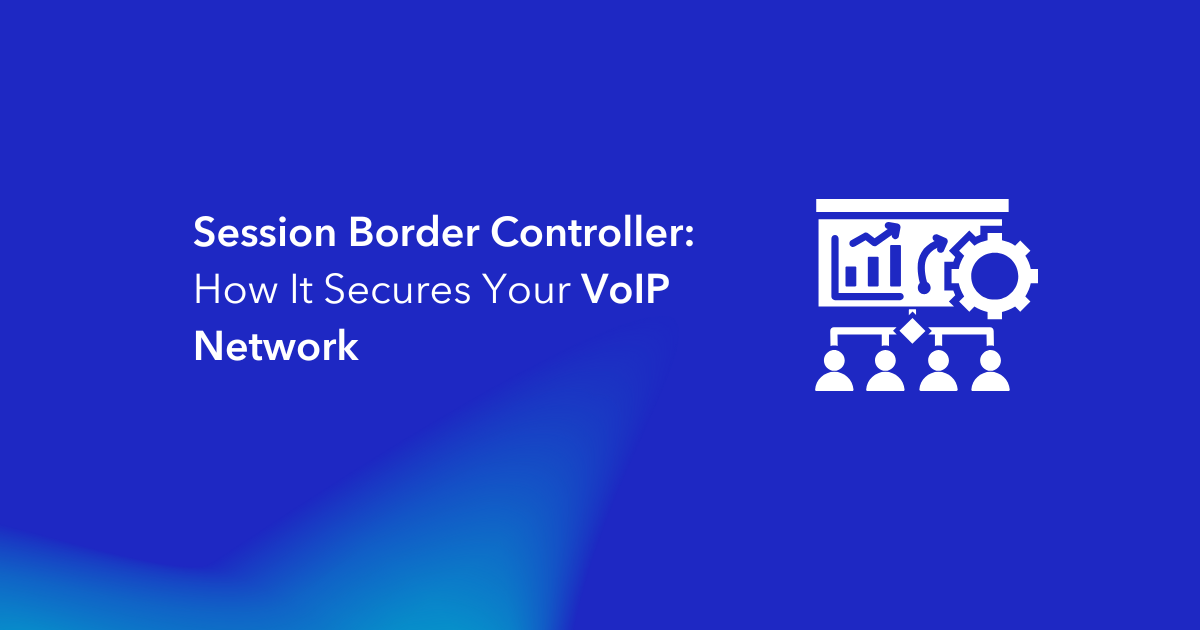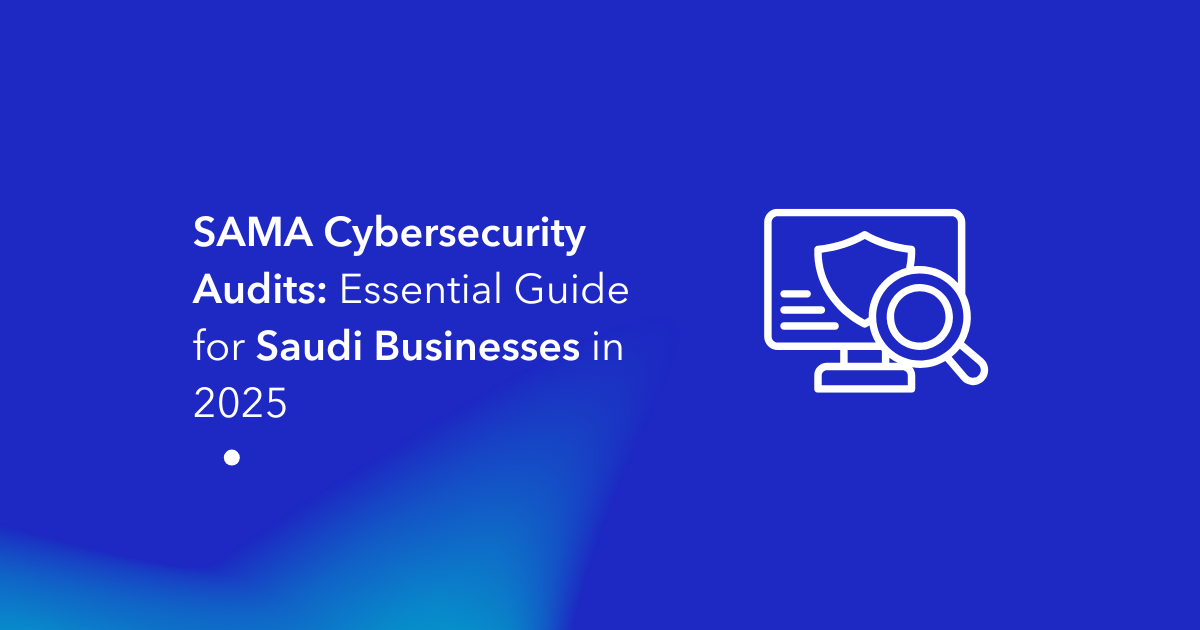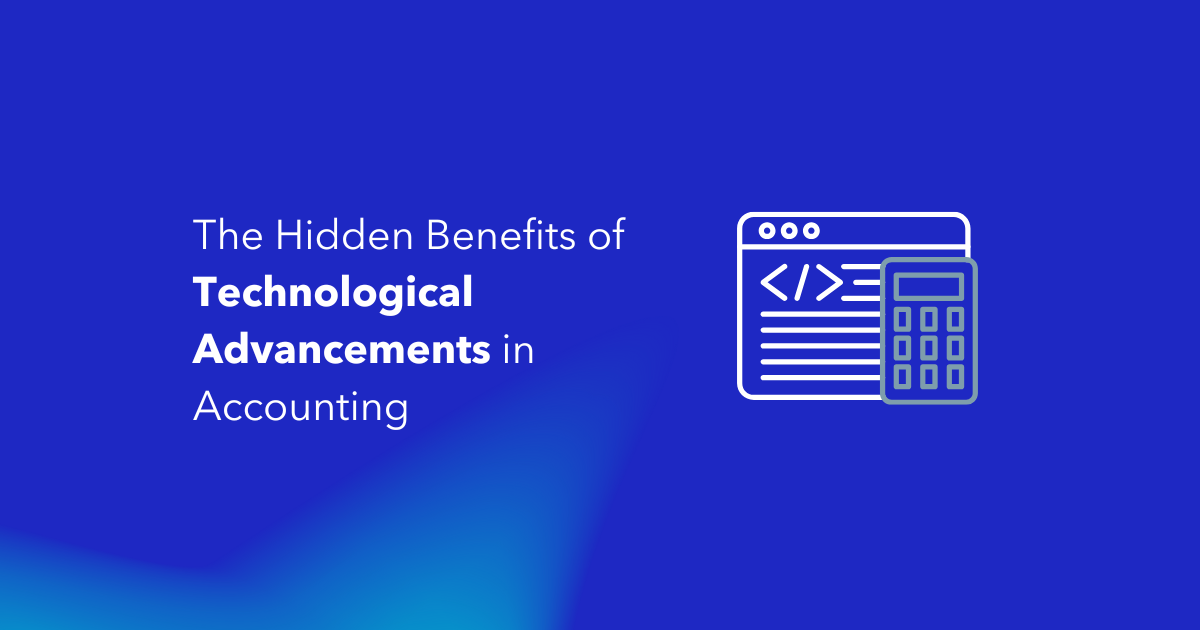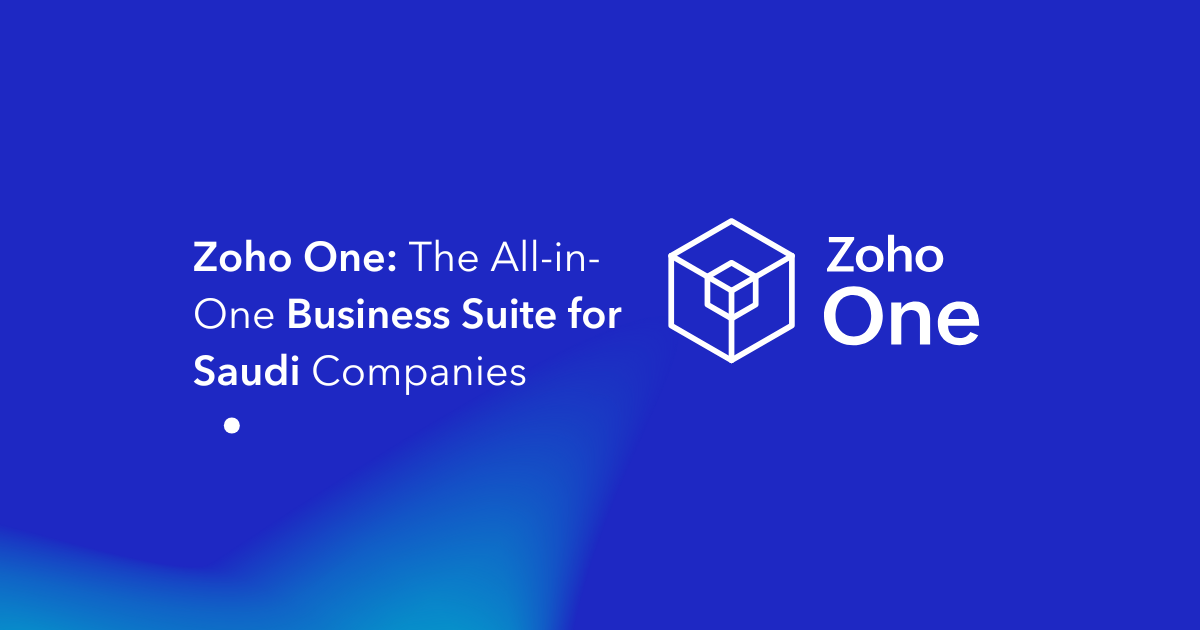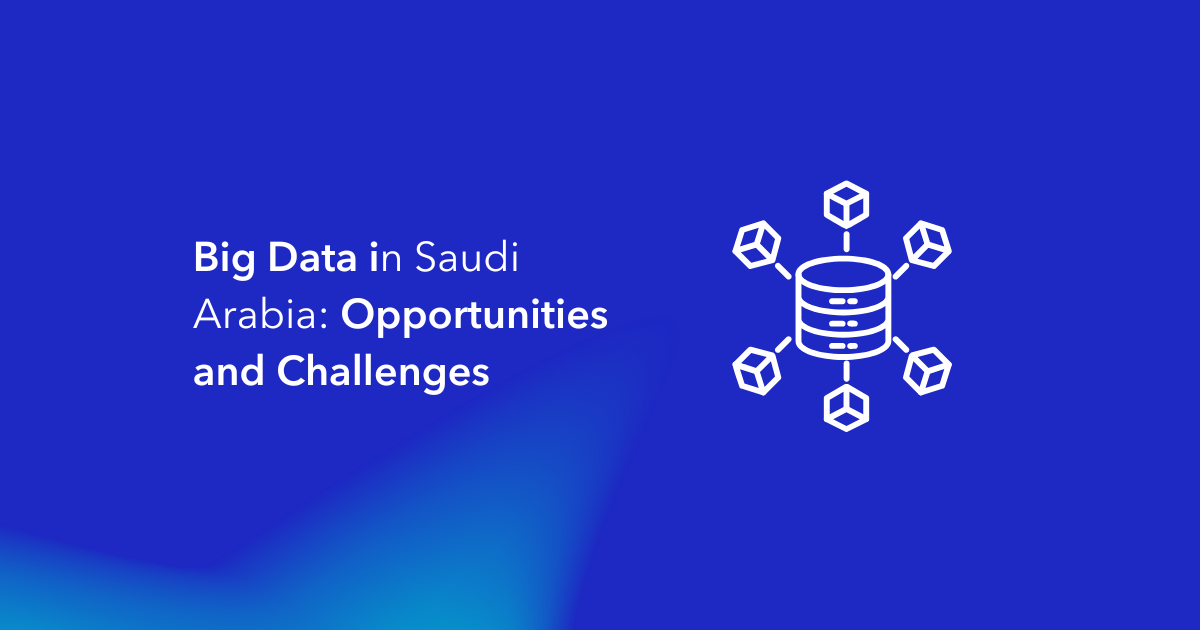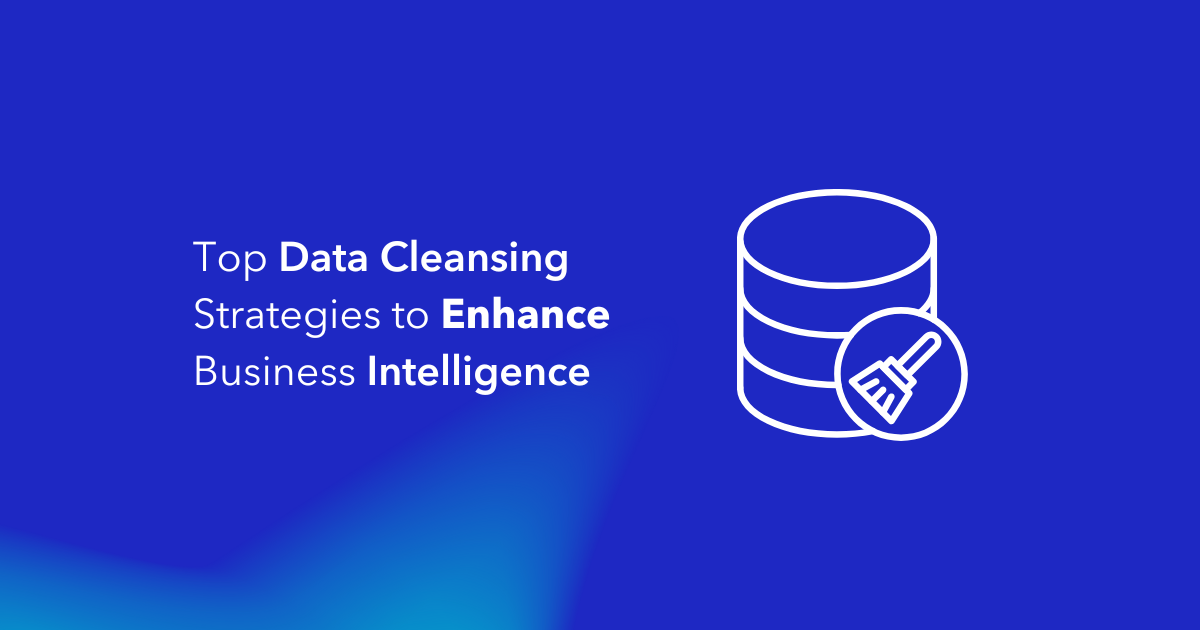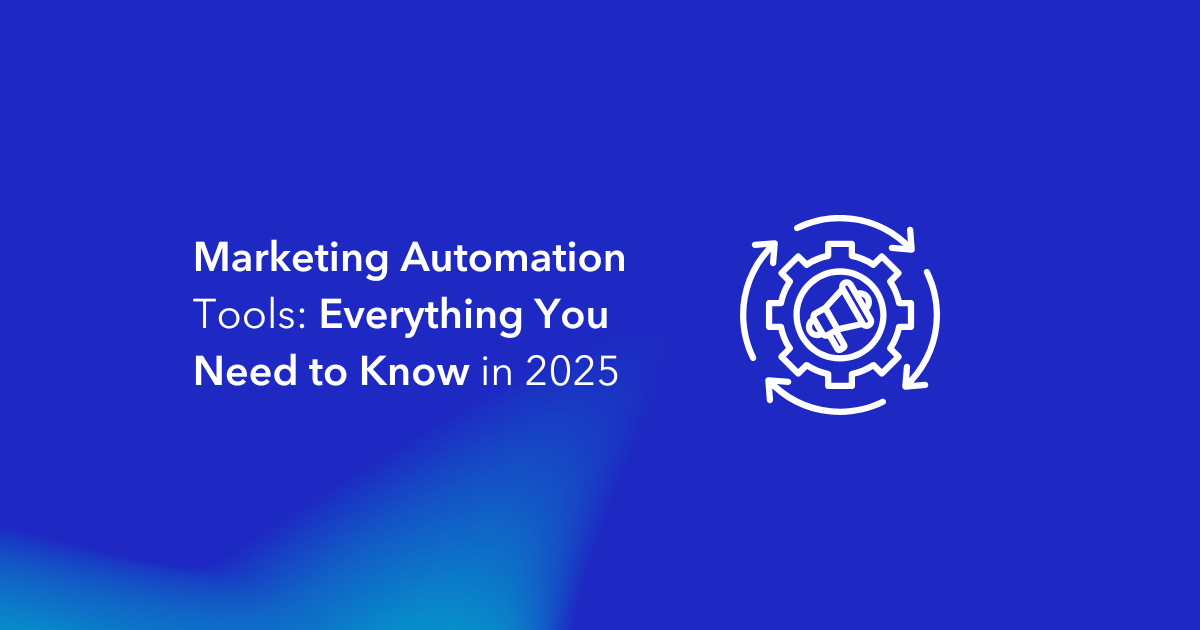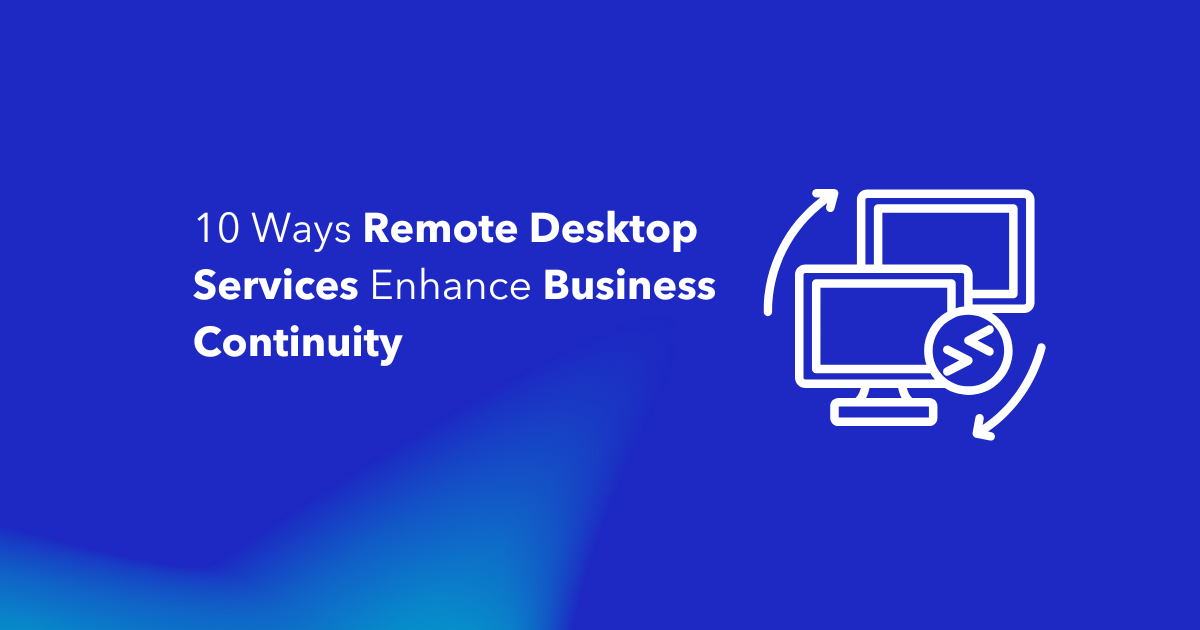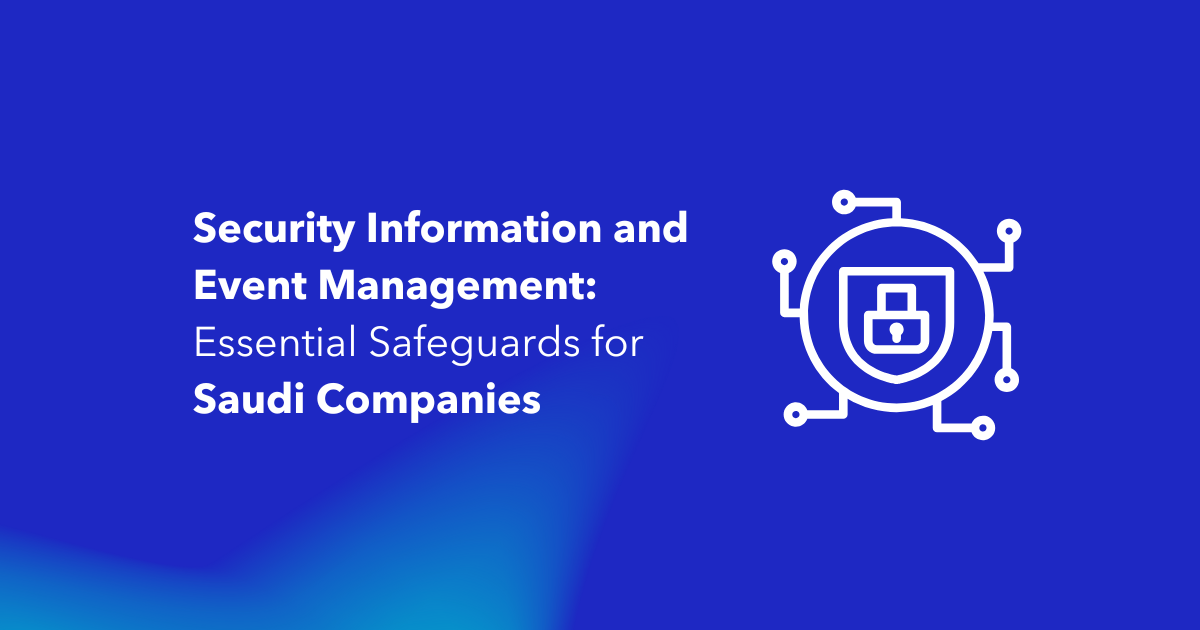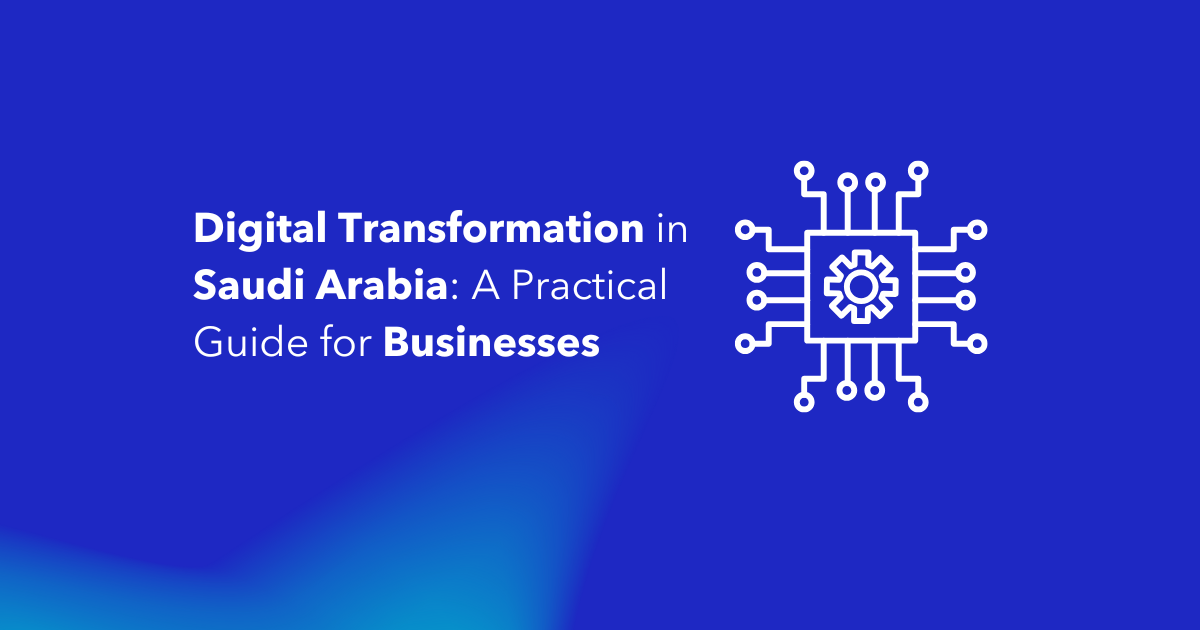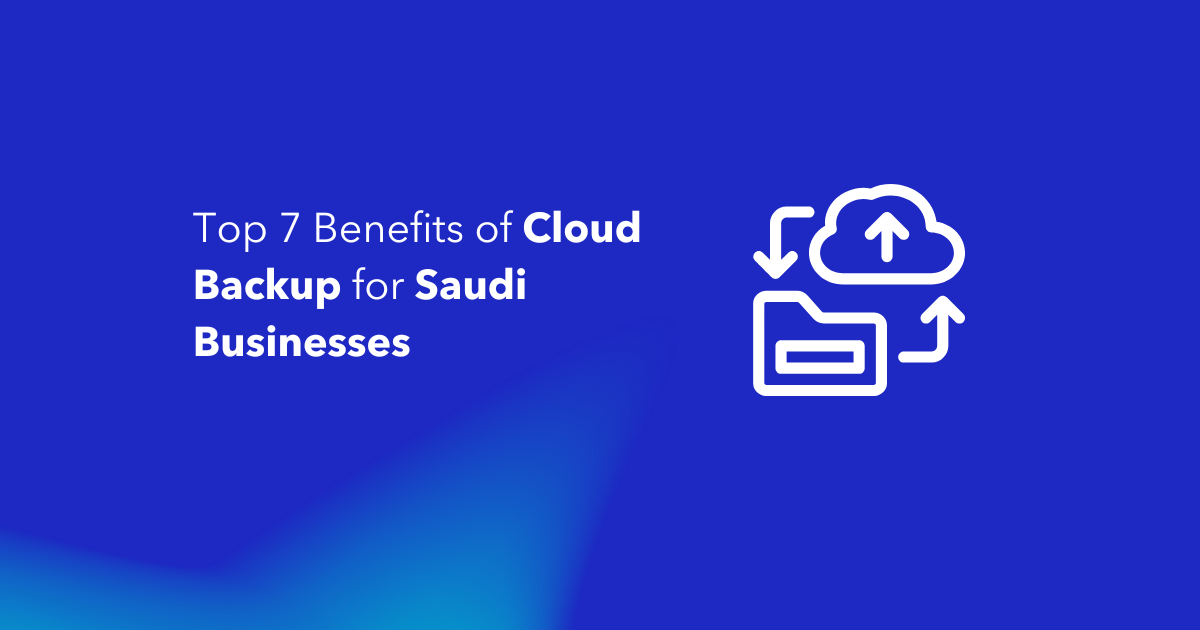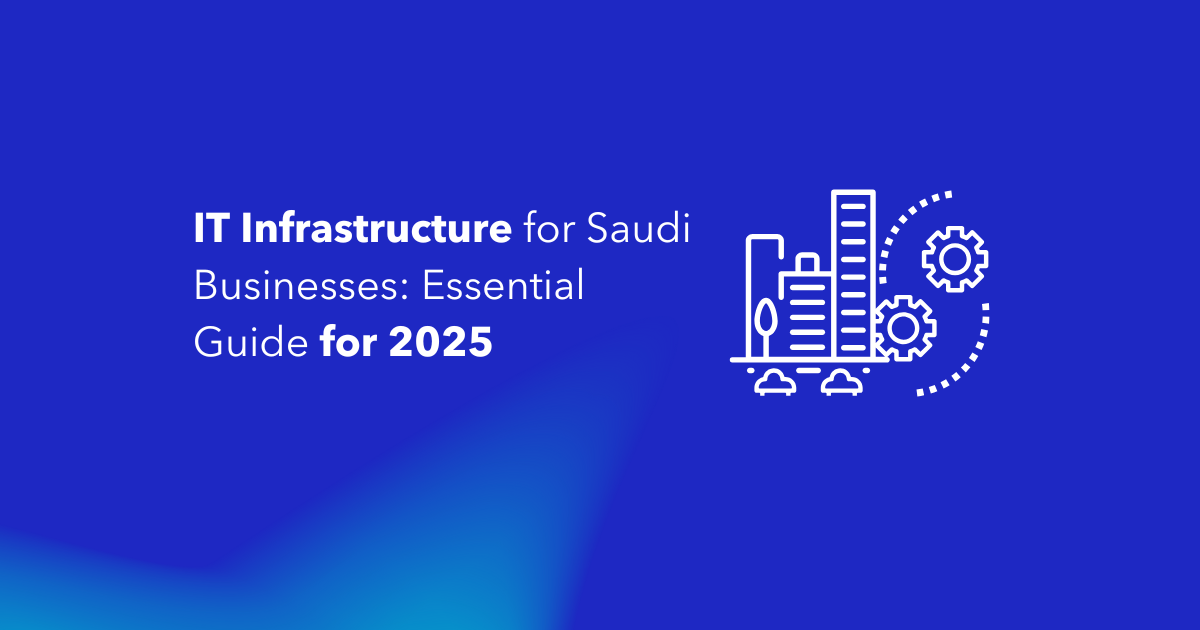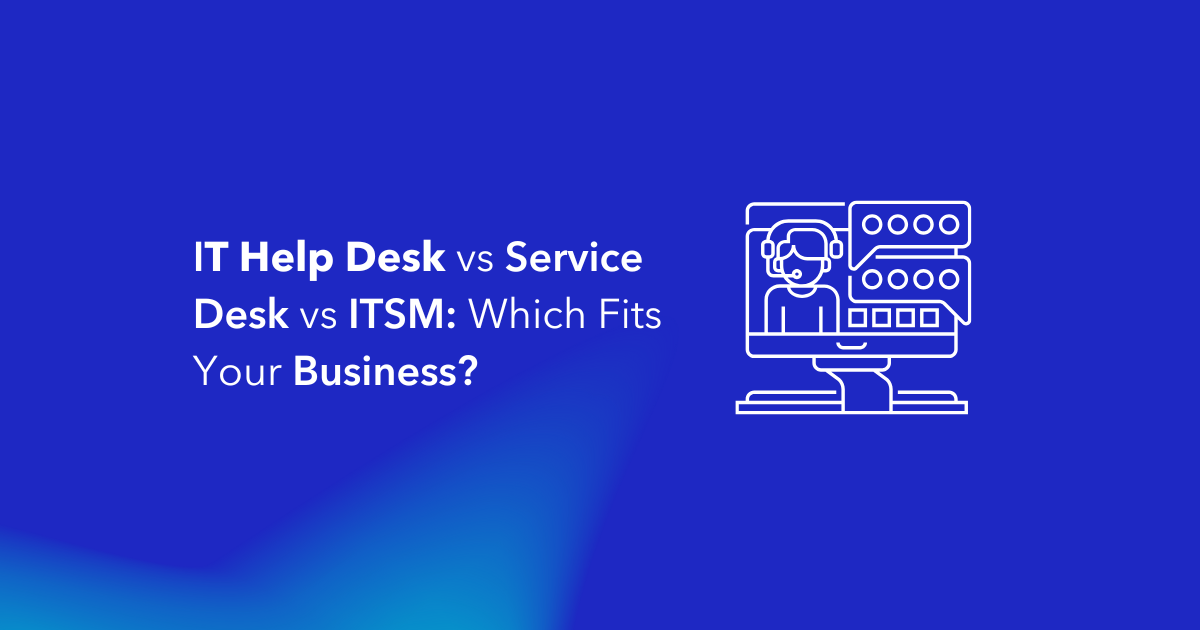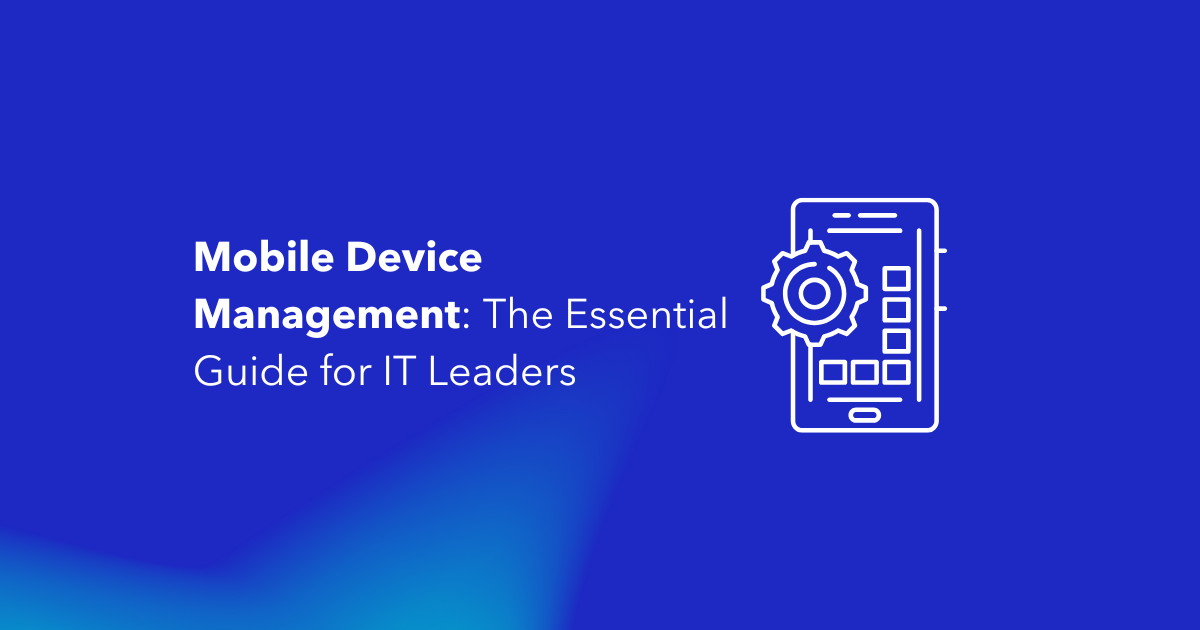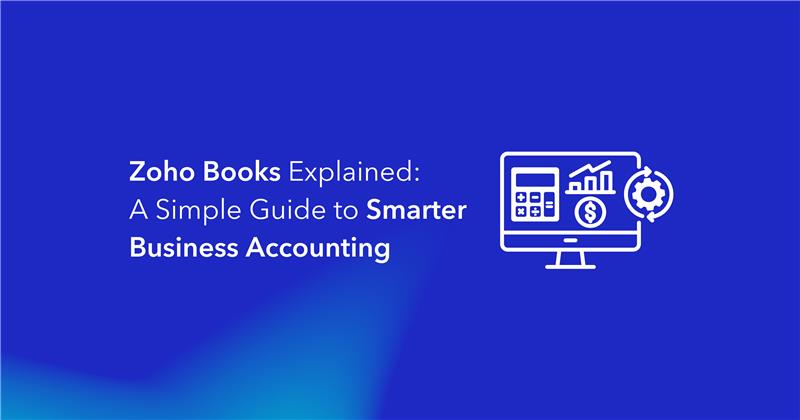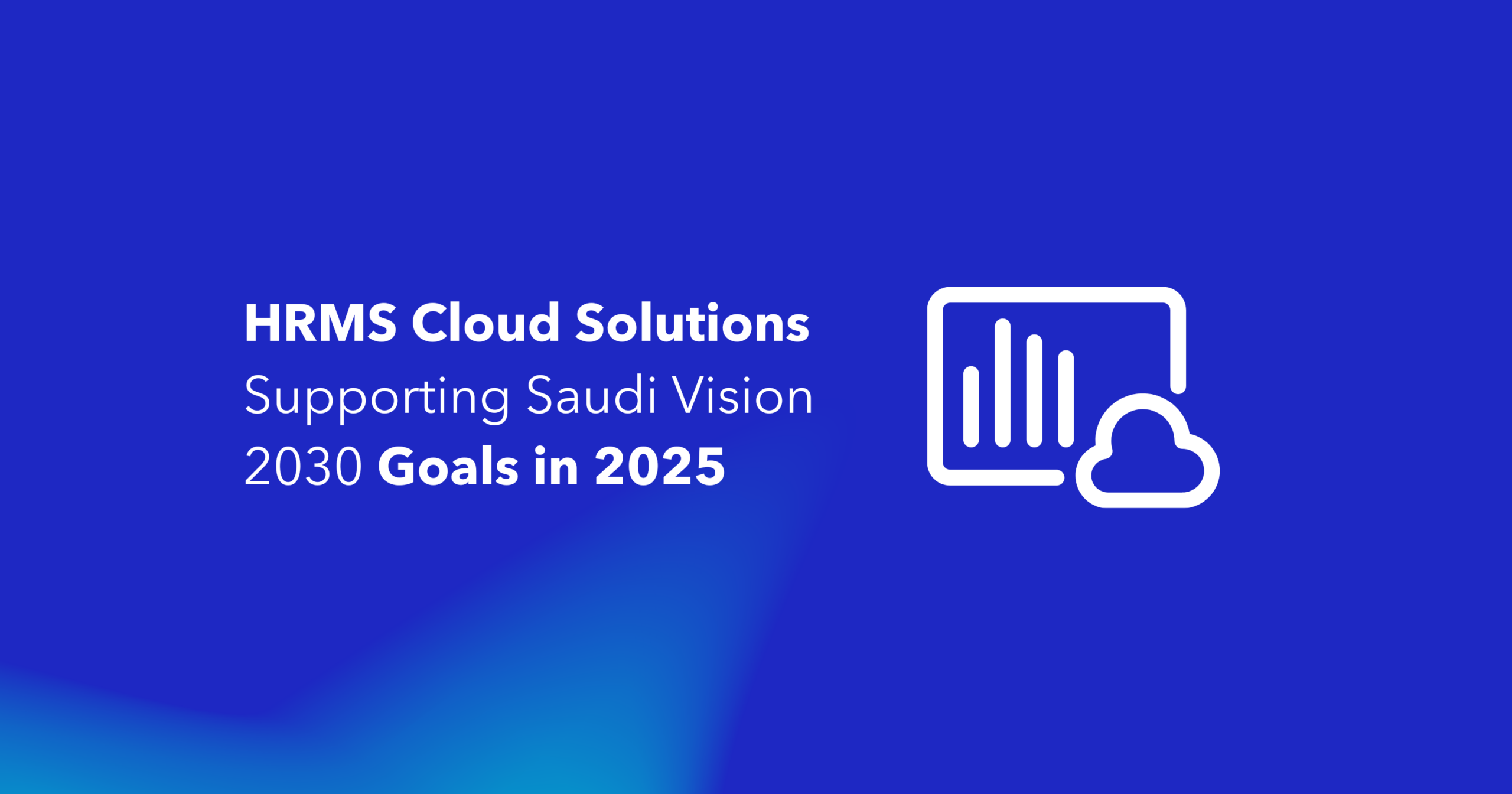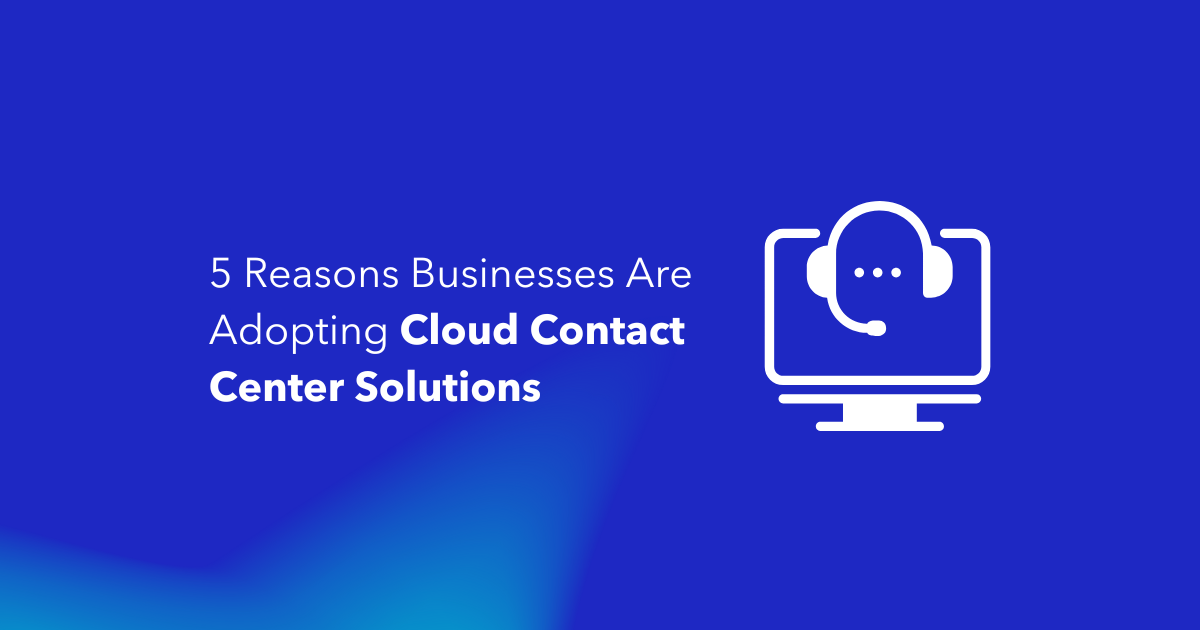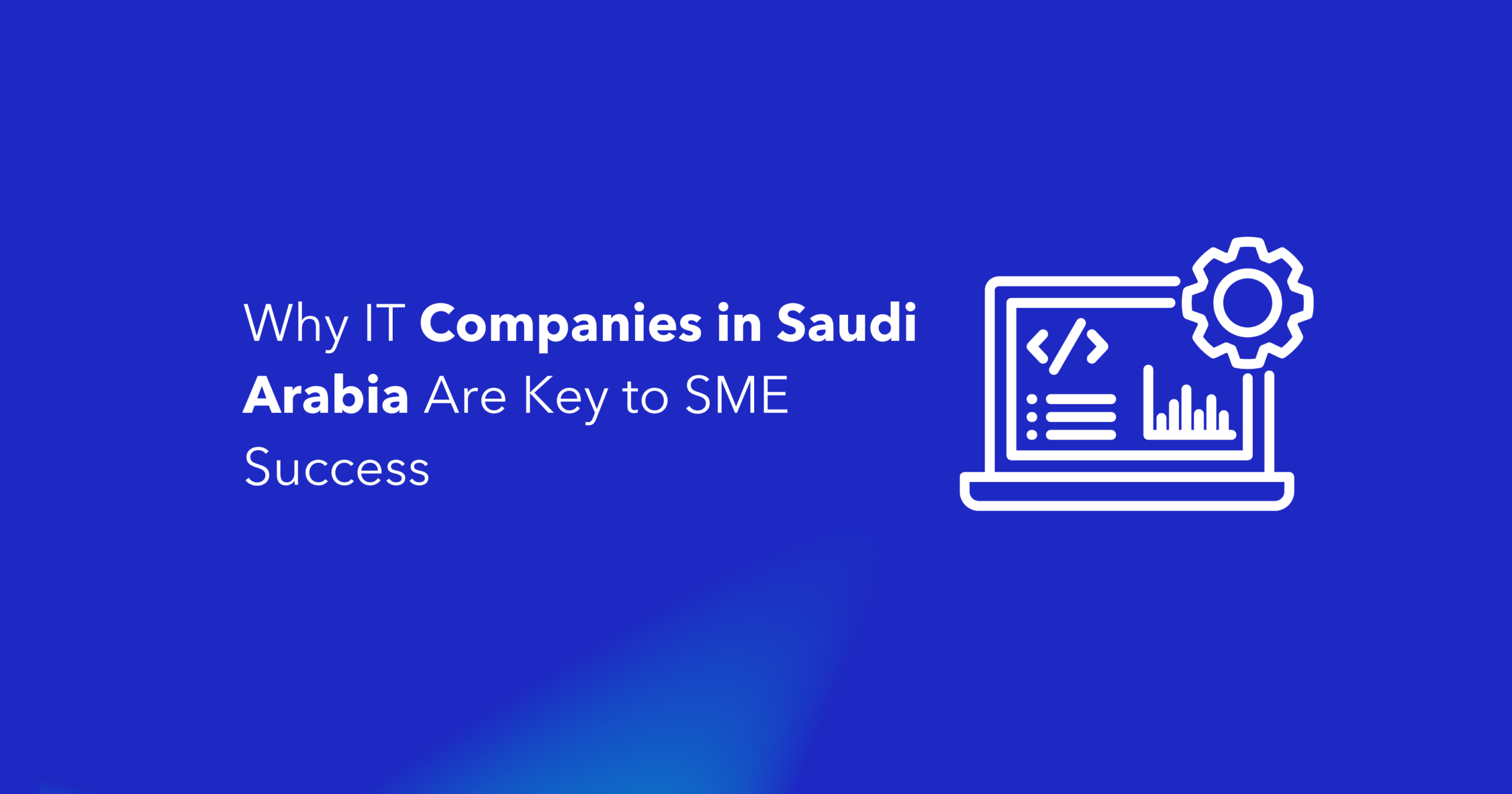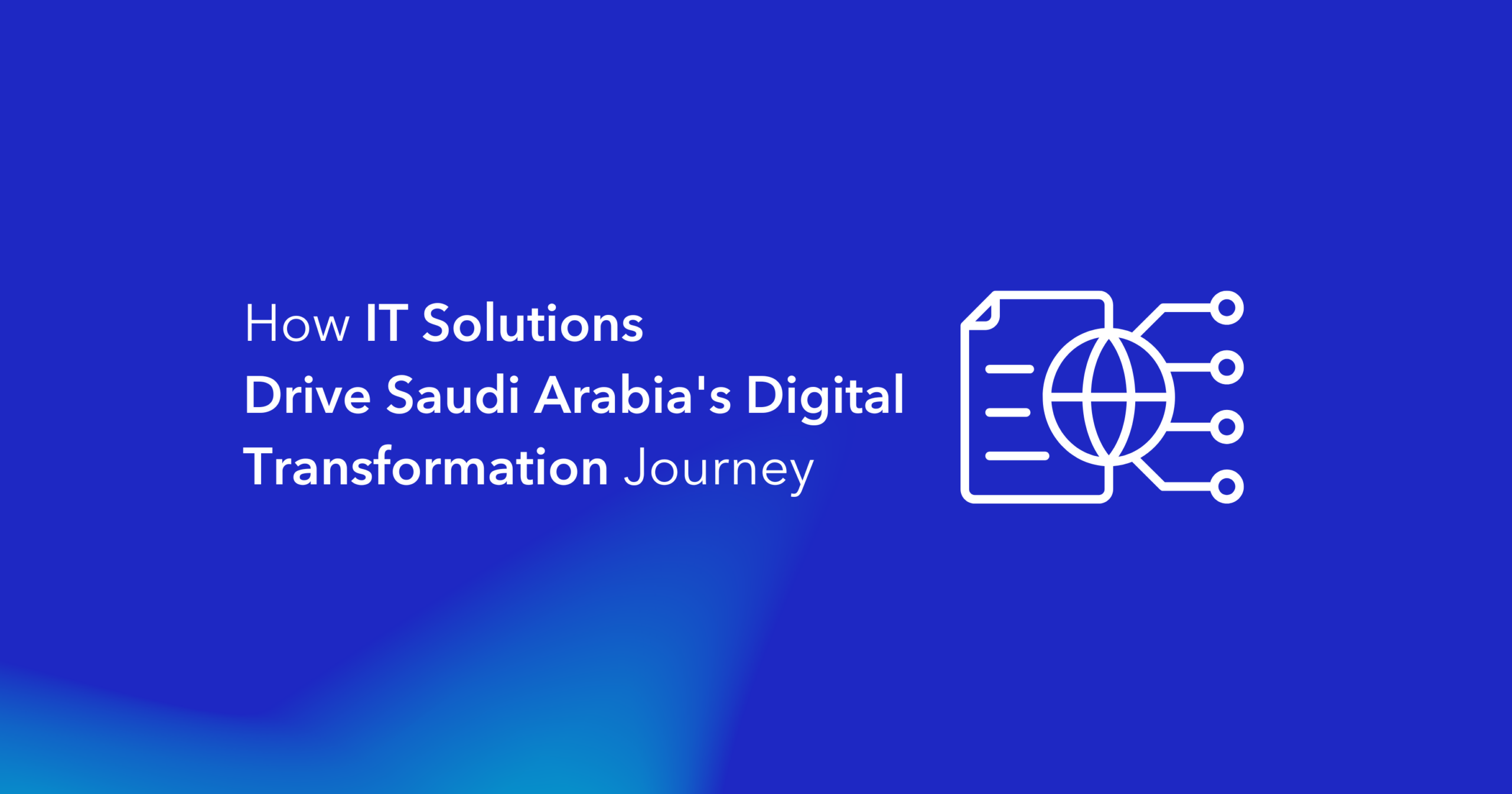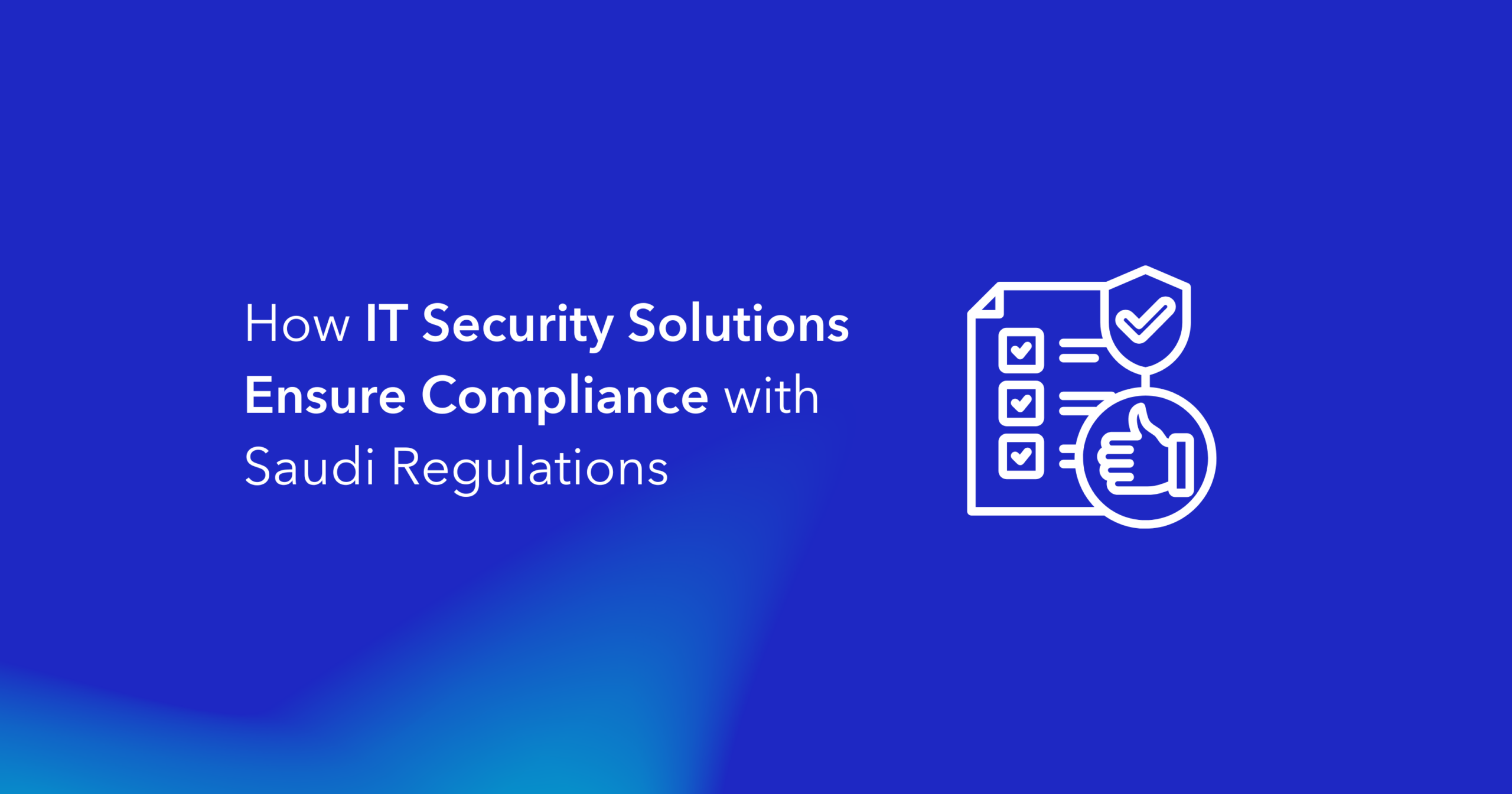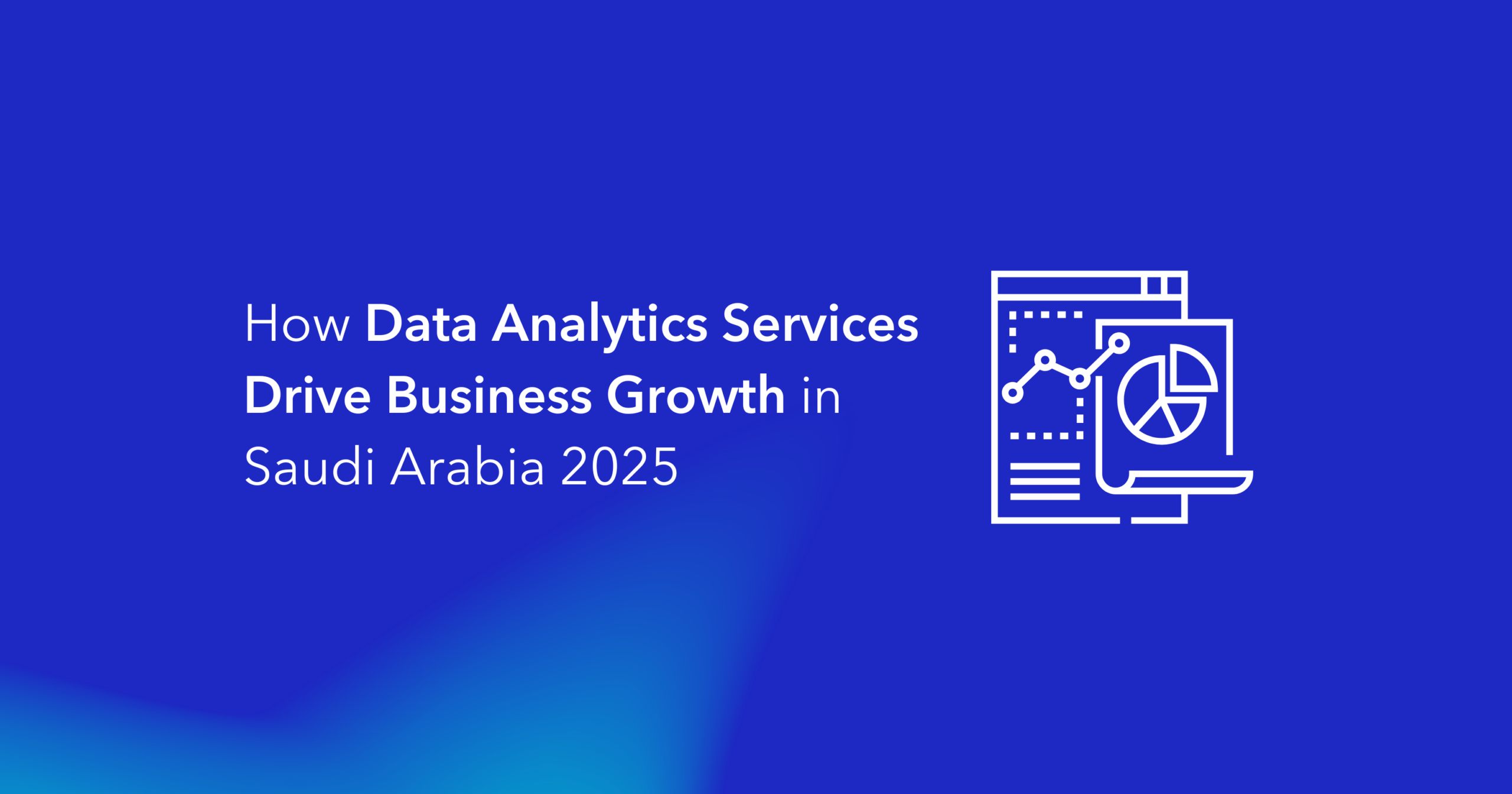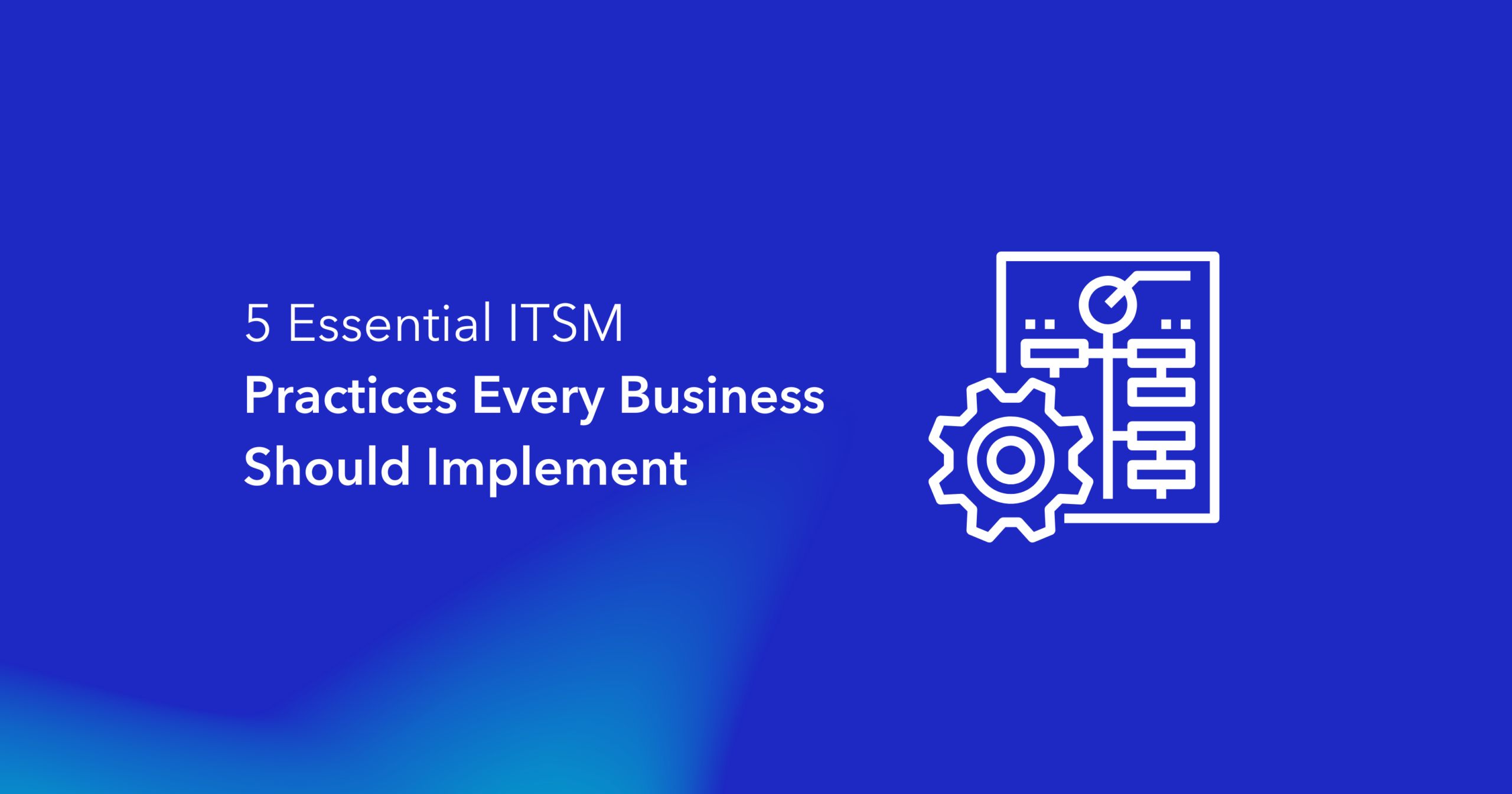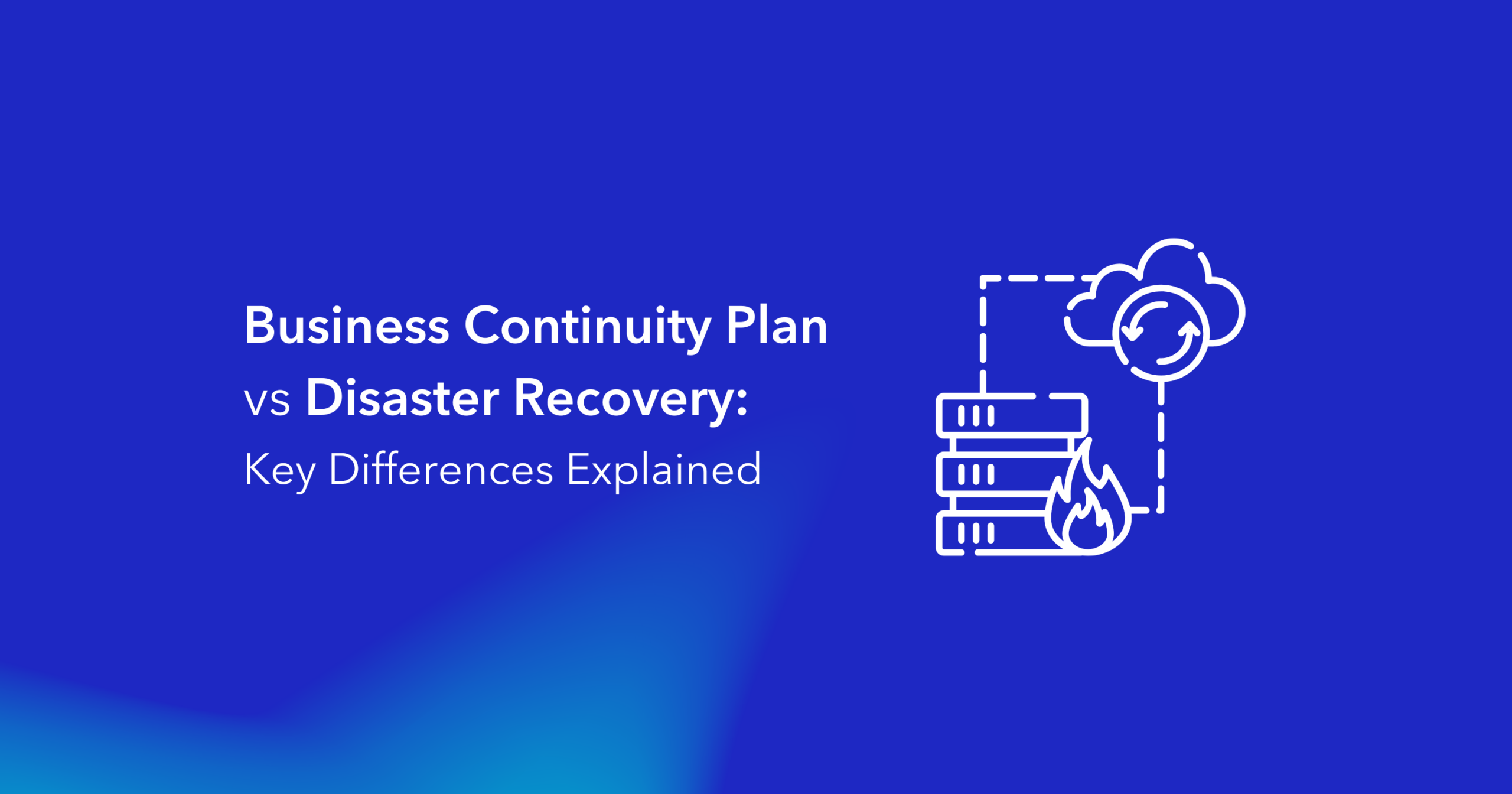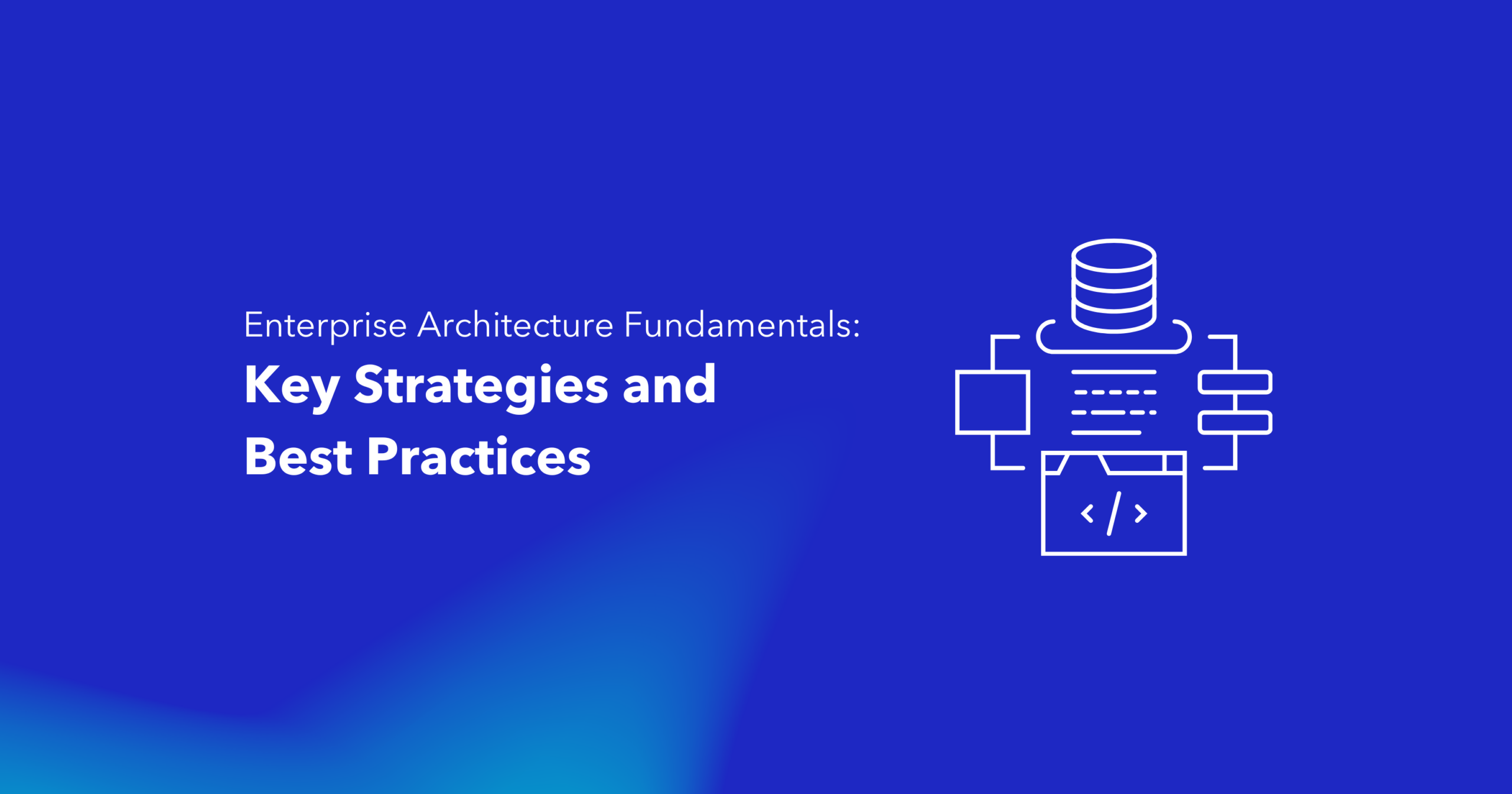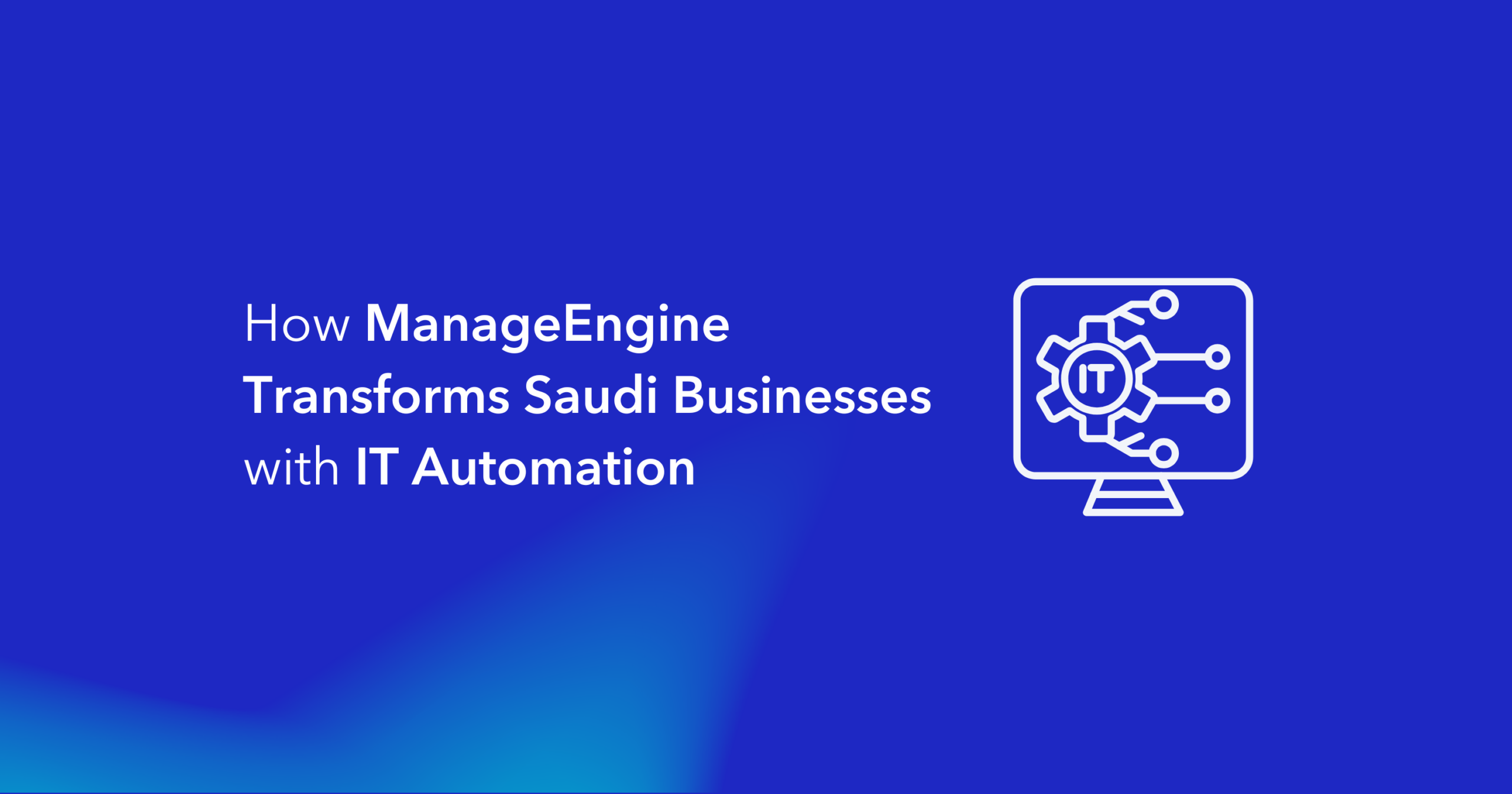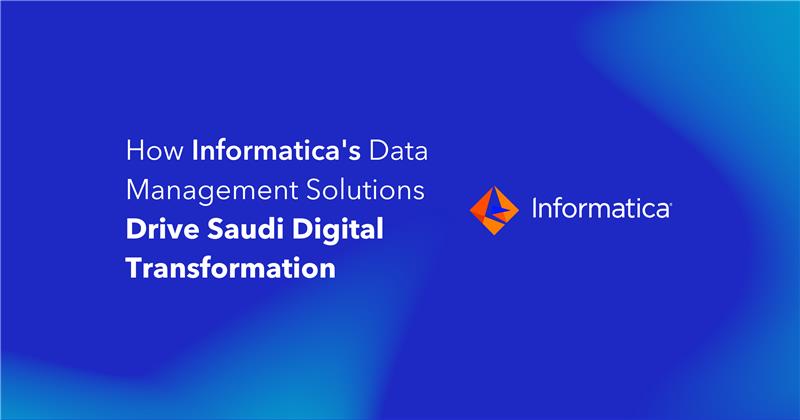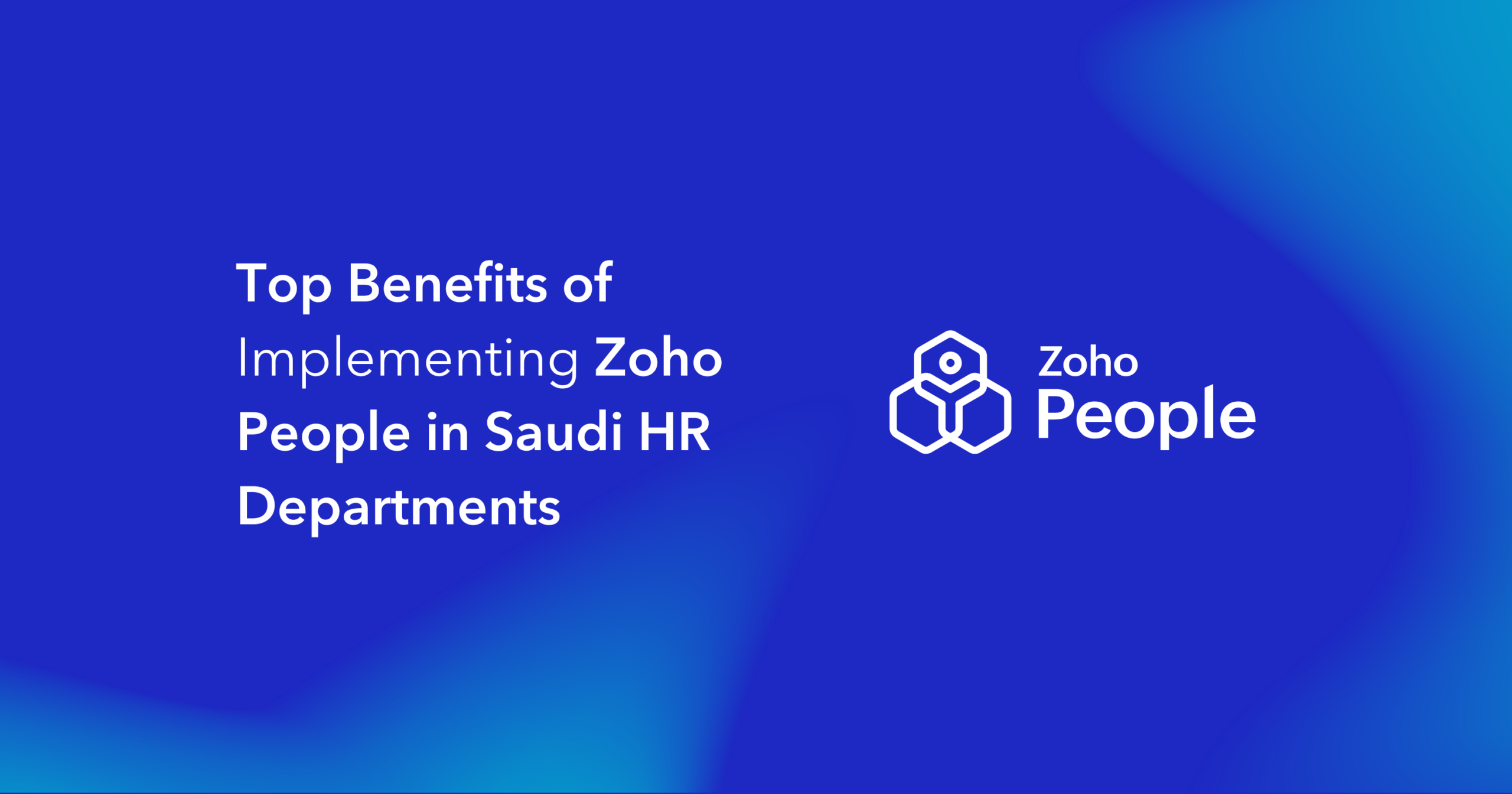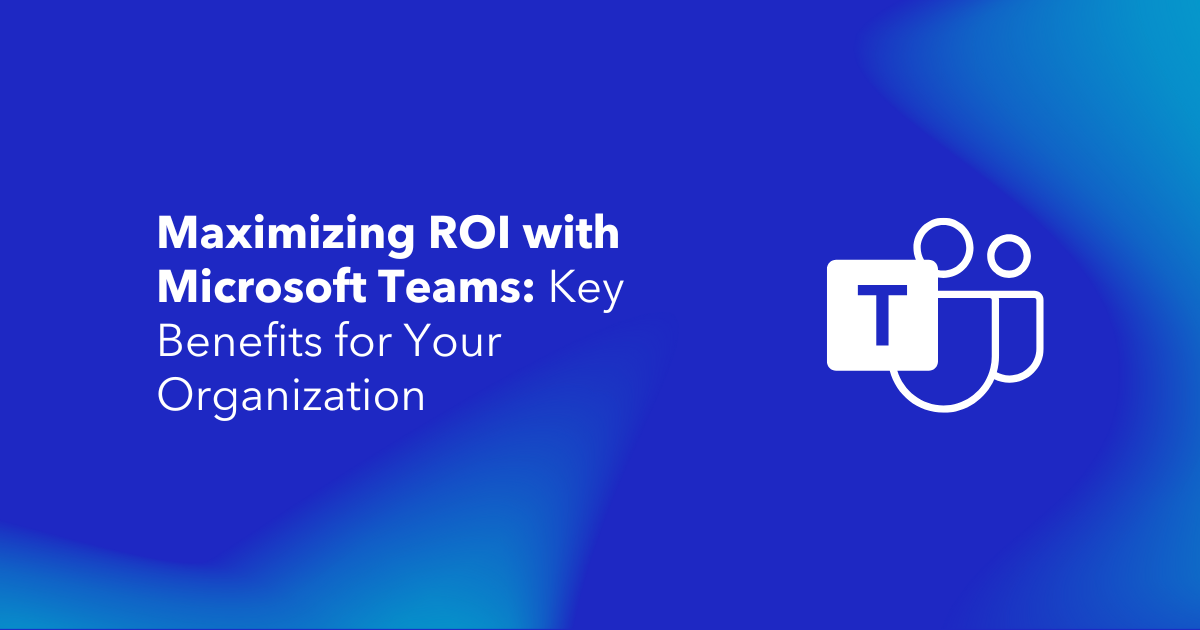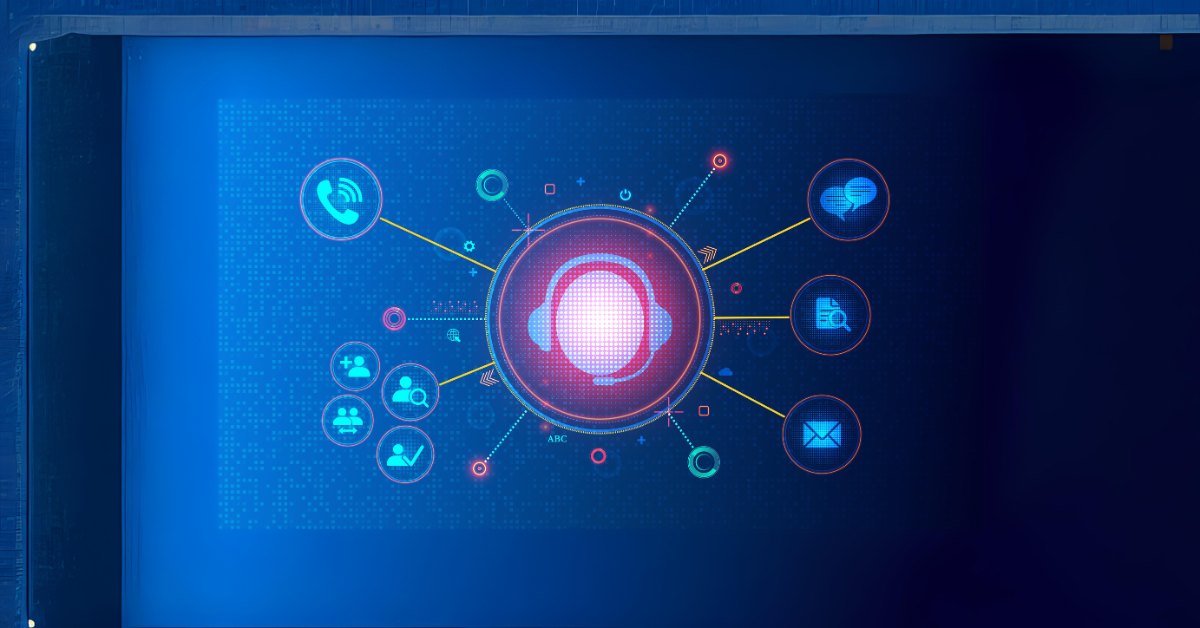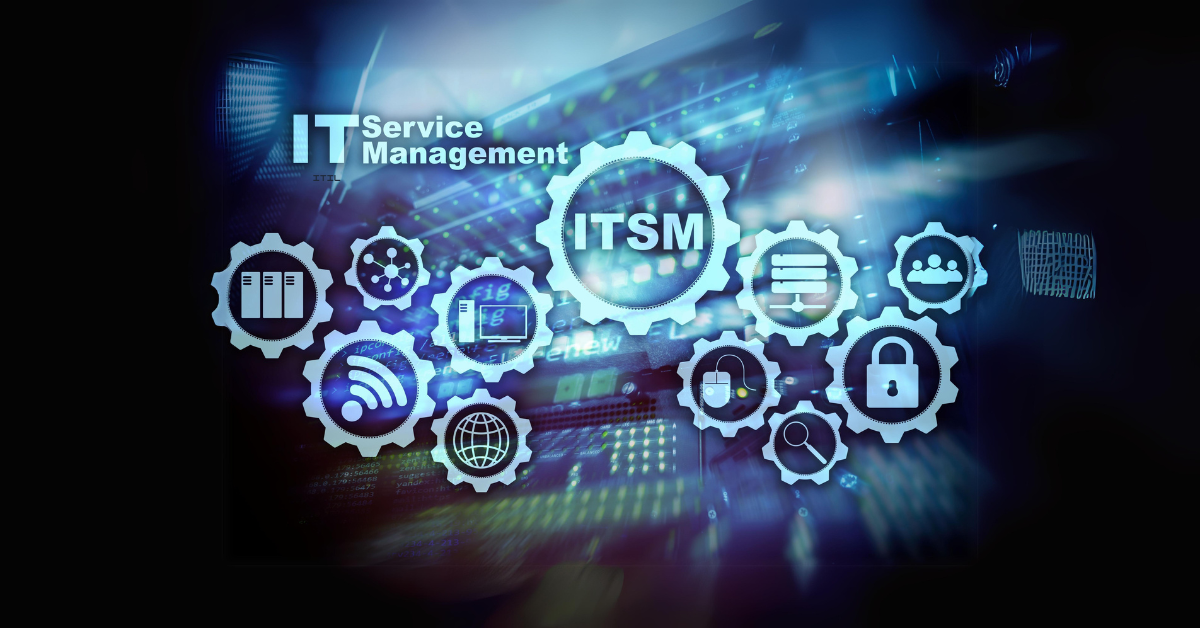Business operations face staggering costs of $5,600 per minute due to system downtime in today’s digital world. A reliable IT Service Provider serves a vital role by preventing these disruptions through advanced technological solutions and proactive management strategies.
Business continuity planning has evolved significantly. Simple backup systems have transformed into complete business continuity management frameworks. These frameworks merge sophisticated disaster recovery protocols with proactive threat detection. Your organization needs to stay operational during any disruption. The business continuity and disaster recovery strategy must adapt to emerging challenges. Sophisticated cyber threats and complex regulatory requirements pose constant challenges.
Leading IT service providers use state-of-the-art technologies and methodologies to ensure uninterrupted business operations in 2025. This piece gets into infrastructure assessment, data protection, automated recovery solutions, threat detection, and compliance management.
Modern IT Infrastructure Assessment and Planning
A solid IT infrastructure assessment builds the foundation of your business continuity strategy. Recent studies show organizations need 95 to 155 days to fix vulnerabilities. Meanwhile, threat actors can exploit 75% of vulnerabilities in just 19 days. This gap shows why we need a complete infrastructure evaluation and planning process.
Infrastructure Vulnerability Analysis
Your IT Support Services Provider should run systematic vulnerability assessments to protect critical systems. A complete vulnerability analysis has network infrastructure, applications, cloud vulnerabilities, and host devices. Studies show 47% of high-risk vulnerabilities impact network infrastructure and operating systems directly.
Modern vulnerability analysis needs these key parts:
- Network and wireless checks to prevent unauthorized access.
- Database reviews to find misconfigurations and manage privileges.
- Application scans to find front-end and source code issues.
- Host checks of critical servers and workstations.
Risk Assessment Methodologies
Risk assessment today needs a well-laid-out approach with proven frameworks. Recent data shows 62% of organizations don’t know about vulnerabilities that could cause data breaches. Your IT support provider should use complete methods that arrange with your business continuity goals.
The Factor Analysis of Information Risk (FAIR) framework leads the way by offering quantitative risk assessment that works in any sector. This method focuses on supply chain risk management and securing technologies like IoT and artificial intelligence.
Technology Stack Evaluation
Technology stack checks must be ongoing since new vulnerabilities appear every 17 minutes. Half of these are high or critical in severity. A resilient evaluation process looks at current capabilities and future growth needs.
Your IT support provider should focus on three vital areas to assess technology stacks:
- Infrastructure vulnerability scanning and monitoring.
- Performance metrics and capacity planning.
- Compatibility and integration checks.
This integrated approach to infrastructure assessment helps your organization stay secure while supporting business goals. Good evaluation and planning can cut down the typical 12-day delay in vulnerability patching that happens because teams need to coordinate.
Advanced Data Protection Strategies
Modern data protection needs sophisticated strategies that work beyond traditional backup methods. Your IT Support Services Provider should use artificial intelligence, multi-cloud architectures, and immediate replication to maintain continuous business operations in an increasingly complex digital world.
AI-Powered Backup Solutions
Artificial Intelligence has transformed data protection through predictive analytics and automated response mechanisms. Recent studies show organizations using AI-powered backup solutions resolve incidents 54% faster and save $1.49 million in data breach costs compared to those without AI capabilities.
Key AI-powered capabilities in modern backup solutions include:
- Immediate monitoring and anomaly detection.
- Automated backup scheduling and optimization.
- Predictive analytics for potential failures.
- Self-healing systems implementation.
Multi-Cloud Data Redundancy
Multi-cloud redundancy must be part of your business continuity strategy to minimize risks. Studies reveal 89% of organizations now implement multi-cloud strategies, which plays a vital role in maintaining operational resilience.
Multi-cloud data protection provides several strategic advantages:
- Geographic distribution of data across multiple providers.
- Better disaster recovery capabilities.
- Improved data sovereignty compliance.
- Reduced vendor lock-in risks.
Real-time Data Replication Systems
Immediate data replication will give continuous data availability and minimal recovery time objectives. Modern replication systems use asynchronous technology to maintain up-to-date copies of mission-critical systems. Organizations can maintain business operations even during unexpected disruptions with this approach.
Your IT support provider should implement detailed replication strategies that include:
- Continuous data protection at the file system level.
- Heartbeat-powered automatic failover mechanisms.
- Application-aware replication processes.
- Roll-back capabilities to pre-incident states.
These advanced data protection strategies can boost your organization’s business continuity management framework while maintaining regulatory compliance and operational resilience.
Automated Disaster Recovery Solutions
Your IT Support Services Provider must utilize automated disaster recovery solutions to maintain business continuity in today’s complex digital world. These solutions combine artificial intelligence, automated protocols, and sophisticated recovery mechanisms. This combination ensures minimal downtime during disruptions.
Self-Healing Systems Implementation
Modern self-healing systems represent a major advancement in business continuity management. VMware’s implementation data shows automated DR solutions have clear advantages over traditional manual recovery processes:
- Less dependence on human intervention for critical operations.
- Better reliability through consistent execution.
- Lower operational costs through automation.
- Faster response times during off-hours.
Automated Failover Protocols
Single-click automated failover solutions streamline disaster recovery processes and improve your business continuity strategy. VMware’s automated DR portal quickly executes predefined steps and reduces manual intervention. The implementation of automated failover protocols follows these key steps:
- Requirement assessment with stakeholders
- Development of detailed project plans
- Evaluation of potential tools and platforms
- Pilot testing with small applications
- Full-scale implementation with continuous monitoring
Recovery Time Optimization
The main goal of recovery time optimization is to achieve aggressive Recovery Time Objectives (RTOs) through automated processes. Modern solutions help organizations achieve RTOs of less than one hour for mission-critical applications. Your IT support provider should implement automated recovery validation to ensure consistent performance and reliability.
Key optimization techniques include:
- Coordinated recovery automation.
- Advanced network recovery options.
- Point-in-time recovery capabilities.
- Automated scaling for mass recovery operations.
These automated solutions deliver 3-5x better total cost of ownership compared to traditional recovery methods. Advanced recovery mechanisms help your organization reduce downtime risks and ensure business continuity during critical incidents.
Proactive Threat Detection and Response
Your security infrastructure must utilize artificial intelligence to detect and analyze cyber threats effectively. Modern AI-powered monitoring systems can handle up to 85% of alerts automatically. This reduces the burden on security teams and improves response times substantially.
AI-Based Security Monitoring
Your security infrastructure should utilize artificial intelligence to detect and analyze cyber threats effectively. Modern AI-powered monitoring systems can handle up to 85% of alerts automatically. This reduces the burden on security teams and improves response times substantially.
Key capabilities of AI-based monitoring include:
- Live threat intelligence analysis.
- Automated alert prioritization.
- Behavioral analytics and anomaly detection.
- Predictive threat identification.
Zero-Trust Architecture Implementation
Zero-trust architecture is a vital framework to maintain business continuity in distributed environments. This approach will give a complete security coverage across your cloud and on-premise infrastructure through continuous verification and validation.
Zero-trust architecture implementation follows these vital steps:
- Assessment of current security posture.
- Identification of protect surface.
- Architecture mapping.
- Policy creation.
- Continuous monitoring and maintenance.
Incident Response Automation
Your incident response capabilities must match the speed and sophistication of modern threats. Automated incident response systems can reduce response times by up to 300 seconds after detecting a threat. This enables rapid containment and mitigation of potential breaches.
Automated response systems boost your business continuity through:
- Self-healing system implementation.
- Automated failover protocols.
- Live threat containment.
- Arranged recovery procedures.
Modern incident response platforms merge with existing security tools to provide complete coverage across your infrastructure. These solutions utilize machine learning algorithms to improve their detection and response capabilities continuously. Your organization stays protected against evolving threats.
Compliance and Regulatory Management
Your IT Support Services Provider should set up continuous compliance monitoring to guard against regulatory violations. Modern automation tools let you track all compliance procedures in one central place. This helps you stay compliant and avoid getting hit with penalties that can reach up to $50,000 per violation.
Real-time Compliance Monitoring
Your IT Support Services Provider should set up continuous compliance monitoring to guard against regulatory violations. Modern automation tools let you track all compliance procedures in one central place. This helps you stay compliant and avoid getting hit with penalties that can reach up to $50,000 per violation.
Automated compliance monitoring gives you these advantages:
- Fewer compliance risks through ongoing assessment.
- No manual errors in compliance tasks.
- Better risk management with instant alerts.
- Budget-friendly operations that save money.
Automated Compliance Reporting
Modern compliance tools reshape the way you handle regulatory documentation. These tools come with over 300 built-in compliance report templates. You can create reports for multiple frameworks like PCI DSS, HIPAA, and SOX quickly.
Here’s how to set up automated reporting:
- Figure out what reports you need.
- Customize templates for each department.
- Connect with your current systems.
- Set up automatic scheduling.
- Check and improve regularly.
Regulatory Update Integration
Your compliance system needs to keep pace with changing regulations. Companies that automate regulatory updates respond 43% faster to new requirements. This forward-thinking approach keeps your business continuity framework in sync with current standards.
Modern solutions combine all compliance data into one dashboard that shows real-time updates across your company. This setup lets you:
- Check compliance status for multiple frameworks.
- Get quick alerts about possible violations.
- See how fixes are progressing in real-time.
- Create detailed audit trails.
Your IT Support Services Provider can help you stay compliant and run more efficiently by using these advanced strategies. This automated approach cuts down on costly violations and makes your business continuity framework stronger.
Conclusion
Business continuity management has evolved into a complex, multi-faceted discipline that modern organizations need. Your organization can reduce operational risks by a lot and keep services running smoothly with a complete infrastructure review, advanced data protection, and automated disaster recovery solutions.
AI-powered security monitoring, zero-trust architecture, and automated compliance management create a strong framework. This setup protects your business from evolving threats and ensures regulatory compliance. These solutions offer clear benefits:
- Automated failover protocols speed up recovery.
- AI-based monitoring catches threats faster.
- 50% reduction in compliance management costs.
- Multi-cloud redundancy strengthens data protection.
- Efficient regulatory reporting and updates.
Your business needs a reliable partner to set up and maintain these vital systems. Depend on Alnafitha IT for IT Support Services to safeguard your operations with innovative technology that adapts to new challenges and keeps your competitive edge in 2025 and beyond.

